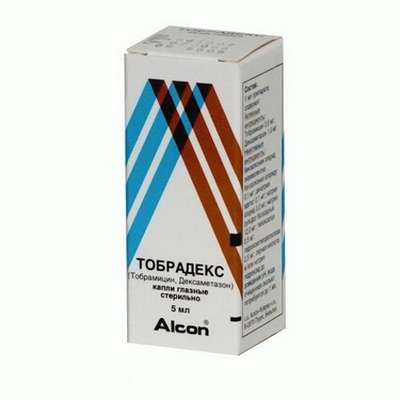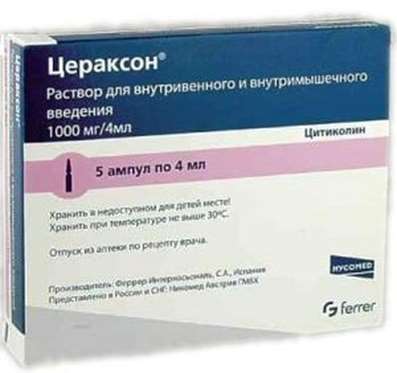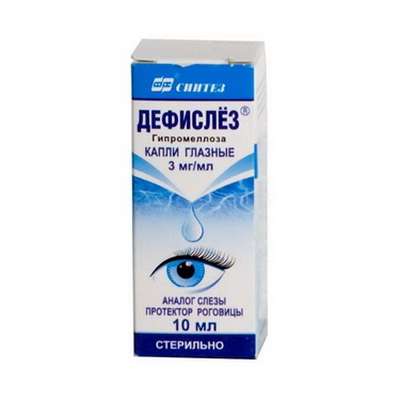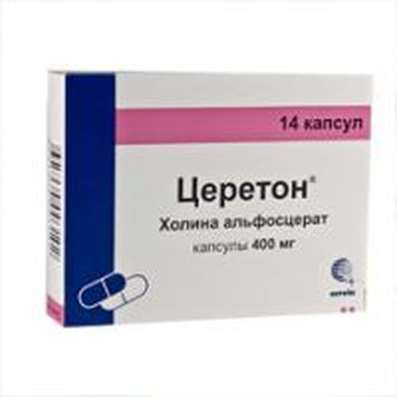Instruction for use: Domperidone 10mg
I want this, give me price
International Nonproprietary Name (INN): Domperidone
Pharmaceutic group:Antiemetic
Presentation:
Tablets
Available with prescription
Indications for Domperidone
Domperidone blocks the action of dopamine. It has strong affinities for the D2 and D3 dopamine receptors, which are found in the chemoreceptor trigger zone, located just outside the blood brain barrier, which, among others, regulates nausea and vomiting (area postrema on the floor of the fourth ventricle and rhomboid fossa).
Domperidone helps to relieve stomach discomfort, nausea, vomiting and reflux. It also relieves uncomfortable sensations of fullness. It works by increasing the action of the muscles in the gastrointestinal tract so that food moves more effectively through the digestive system. Domperidone is used in conditions caused by food staying in one place for too long or by stomach contents flowing the wrong way along the gastrointestinal tract.
Domperidone is not suitable for everyone and some people should never use it. Other people should only use it with special care. It is important that the person prescribing this medicine knows your full medical history.
Your prescriber may only prescribe this medicine with special care or may not prescribe it at all if you:
- are allergic or sensitive to or have had a reaction to any of the ingredients in the medicine;
- have a prolactinoma;
- have gastrointestinal problems which would be affected by the stimulation of gastrointestinalmuscles;
- have kidney problems;
- have liver problems.
Furthermore the prescriber may only prescribe this medicine with special care or may not prescribe it at all for a child under 12 years of age or who weighs less than 15 kg.
Over time it is possible that Domperidone can become unsuitable for some people, or they may become unsuitable for it. If at any time it appears that Domperidone has become unsuitable, it is important that the prescriber is contacted immediately.
Trade name of the drug – Domperidone
Dosage Form: film-coated tablets.
Active substance:
domperidone - 10 mg;
Excipients: Microcrystalline cellulose - 60.00 mg pregelatinized starch - 19.46 mg Colloidal silicon dioxide (Aerosil) - 0.09 mg magnesium stearate - 0.45 mg of polyvinyl alcohol - 1.44 mg macrogol (polyethylene glycol ) - 0.73 mg talc - 0.53 mg titanium dioxide - 0.90 mg.
Description:
Round biconvex tablet form, film-coated white or almost white. On cross-section - the inner layer of white or white with Valium a color shade.
Pharmacotherapeutic group: Antiemetic
ATX code: A03FA03
Pharmacological Properties of Domperidone
Pharmacodynamics
Domperidone - dopamine receptor antagonist, and having some similar metoclopramide antiemetic neuroleptic properties. However, unlike these drugs, domperidone does not penetrate the blood-brain barrier (BBB). Blocks are more peripheral and central to a lesser extent (in emetic trigger zone center), dopamine receptors, dopamine eliminates the inhibitory effect on motor function of the gastrointestinal tract (GIT), and evacuation and enhances gastric motility. Has antiemetic effect, soothes hiccup and eliminates nausea. It has no effect on gastric secretion. Increasing the concentration of prolactin in the blood serum.
Pharmacokinetics
Absorption after oral administration on an empty stomach - fast (reception after eating, decreased gastric acidity slow down and reduce absorption). Time to maximum concentration - 1 hour Bioavailability -. 15% (the effect of "first pass" through the liver). Communication with plasma proteins - 90%. It penetrates into various tissues, bad passes through the BBB. Domperidone is not accumulates and does not induce its own metabolism. It is metabolized in the liver and in the intestinal wall (by hydroxylation and N-dealkylation involving cytochrome P450). Displayed through the intestine 66%, kidneys
- 33%, including unaltered - 1 and 10%, respectively. The half-life (T1 / 2)
- 9.7 h; with severe chronic renal insufficiency - lengthened.
Indications for Domperidone
Vomiting and nausea of various origins (including on the background of functional and organic diseases, infections, and toxemia, radiation therapy, diet violations, drug genesis - receiving morphine, apomorphine, levodopa and bromocriptine; during endoscopic and X-ray contrast gastrointestinal studies) hiccup, atonic gastrointestinal tract (including post-operative); the need to accelerate peristalsis during radiopaque GI research.
Dyspeptic disorders on the background of delayed gastric emptying, gastroesophageal reflux and esophagitis: a feeling of fullness in the epigastrium, feeling of bloating, flatulence, gastralgia, heartburn, regurgitation with or without reflux of gastric contents into the casting mouth.
Contraindications for Domperidone
Hypersensitivity, bleeding from the gastrointestinal tract, mechanical intestinal obstruction, perforation of the stomach or intestines, prolactinoma, lactation, children's age (up to 5 years of age and for children weighing up to 20 kg).
Precautions During pregnancy, renal and / or hepatic insufficiency.
pregnancy and lactation
Data on the use of domperidone during pregnancy is not enough. To date there is no evidence of an increased risk of malformations in humans. However appoint domperidone during pregnancy should only be, if its use is justified by the expected therapeutic benefit for the mother and little risk to the fetus.
Women domperidone concentration in breast milk is from 10 to 50% of the corresponding plasma concentrations and less than 10 ng / ml. The total amount of domperidone excreted in breast milk - less than 7 micrograms per day in the application of the maximum permissible dose of domperidone. It is unknown whether this concentration has a negative impact on infants. In this regard, the application of domperidone during lactation should stop breastfeeding.
Domperidone Dosage and Administration
Inside for 15-20 minutes before eating. Adults and children over 5 years with chronic dyspeptic phenomena - 10 mg 3-4 times a day, including before going to bed if necessary.
In severe nausea and vomiting - 20 mg 3-4 times a day, at bedtime last reception. The maximum daily dose - 80 mg.
For patients with renal failure dose adjustment is necessary, frequency of intake should not exceed 1-2 times during the day.
Side effect ofDomperidone
From the digestive system: Gastrointestinal disorders (transient intestinal cramps).
From the nervous system: extrapyramidal disorder (in children and patients with increased permeability of the BBB, in adults - single cases); these effects are completely reversible and disappear after discontinuation of the drug.
Allergic reactions: skin rash, urticaria.
Other: hyperprolactinemia (galactorrhea, gynecomastia, amenorrhea).
overdose
Symptoms: drowsiness, disorientation, extrapyramidal disorder (especially in children).
Treatment: reception activated carbon, with extrapyramidal disorders - m-holinoblokatory, antiparkinsonian drugs or antihistamines with anticholinergic properties.
Interaction
Cimetidine, sodium bicarbonate reduces the bioavailability of domperidone.
M-holinoblokatory and antacid drugs neutralize the action of domperidone.
Increases the concentration of domperidone plasma inhibitors of CYP3A4 isoenzyme: antifungal drugs azole, macrolide antibiotics, HIV protease inhibitors, nefazodone (an antidepressant). When co-administered with ketoconazole achieved approximately three-fold increase in the maximum concentration of domperidone.
Simultaneous treatment with paracetamol and digoxin had no effect on the concentration of these drugs in the blood.
Compatible with antipsychotic drugs (neuroleptics) and dopaminergic receptors agonists (bromocriptine, levodopa).
special instructions for Domperidone
When combined with domperidone taking antacids or agents that reduce gastric acid secretion, the latter should be taken after meals and not before meals, ie should not be taken simultaneously with domperidone.
Effects on driving ability and work with the mechanisms
Domperidone does not affect the ability to drive vehicles and other classes of potentially hazardous activities that require high concentration and psychomotor speed reactions.
Release form of Domperidone
Film-coated tablets 10 mg.
10 tablets in blisters of PVC film and aluminum foil printed patent.
1, 2, 3, 4 or 5 of cellular contour instruction packages in a pile of cardboard.
Storage conditions of Domperidone
In a dry, dark place at a temperature no higher than 25 ° C.
Keep out of the reach of children.
Shelf life of Domperidone
3 years.
Do not use beyond the expiration date printed on the package.
Conditions of supply of Domperidone from pharmacies
With prescription.

 Cart
Cart





